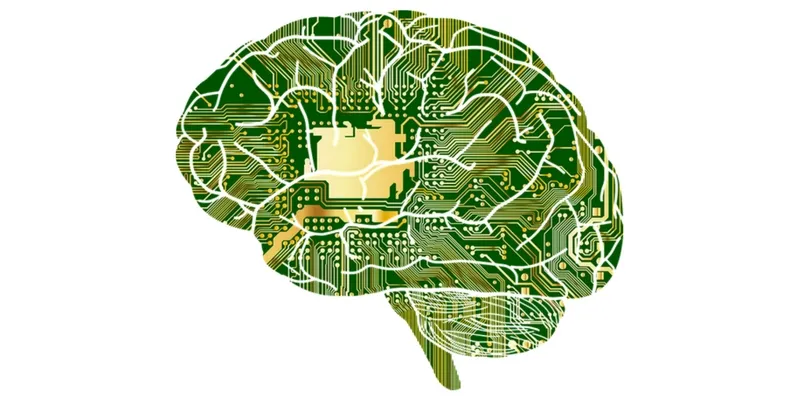What AI and deep learning have in store for the year 2018
As our daily lives become increasingly intertwined with all types of technology, sometimes it appears as if the future is already here. However, technology continues to evolve, and Artificial Intelligence (AI) has taken the centre stage of this discourse. Upheld by many as the way forward, AI continues to hold the public’s imagination on what the future could be. This belief is galvanised further by innovations such as Amazon’s Alexa, Netflix’s recommendation system, and SnapChat’s filters – all excellent examples of AI entering the private domain of individuals.
The most common AI component, and indeed the bright star in the AI family, is ‘deep learning’. Deep learning is a model of data learning that has in recent years improved longstanding standards of prediction accuracy. It has experienced the greatest success in the fields of speech recognition and computer vision in addition to traditional predictive modelling. As we welcome the new year, however, matters are about to get more interesting. Let’s take a look at what we can expect from deep learning – and more generally, AI – in 2018.

Convolutional Neural Networks will be (almost) everywhere
Convolutional neural networks, or Covnets, are complex learning models which have the advantage of requiring minimal pre-processing or “cleaning” of data. Predominantly touted for “solving” visual image classification and processing, they are now beginning to be applied to more cases.
The idea is that the visual world is compositional, therefore images can be broken down into their most elementary features. For example, an image of a landscape consists of various objects; these objects are composed of contours and lines, which in turn are made up of pixels. Covnets have the ability to recognise such compositions and create hierarchical abstractions of the world to make all kinds of recognition tasks easier.

Currently, Facebook uses Covnets for its photo-tagging and face detection features. In 2018, we can expect Covnets to be a major part of self-driving cars, with Tesla’s Model X already using Covnets for its self-driving feature. Closer to home, companies like Quere.ai are using Covnets and finding great success in prognosis and diagnosis with medical imaging. Expect companies to begin finding diverse applications for these highly accurate learning models.
AI will strengthen data security
While machine learning and deep learning models have unprecedented prediction accuracies, some are currently vulnerable to attacks. In supervised machine learning, for example, where the model learns certain characteristics of labelled data, the training and testing data are assumed to come from the same data distribution. If data can be distorted in this assumption, then the prediction accuracy of the models suffer greatly. Take the case of spam filtering – if random texts and images are added to the message, the message may be able to circumvent the spam detection system. That’s how your main inbox gets cluttered with spam emails even though there is a system in place to prevent it.
Taking digital security into account, security giant McAfee expects ransomware and other digital threats – like the WannaCry attack which terrified the global community – to increasingly leverage machine and deep learning in 2018. Specifically, these models will help the threats disrupt detection models, learn from defensive responses, and exploit discovered vulnerabilities faster than defenders can patch them.
To defend from such techniques, McAfee engineers have been studying adversarial machine learning and assembling an Advanced Threat Research team to create solutions for such vulnerabilities. The only way to truly defend against such attacks is to build learning models that are more general in nature and which can spot even the most minor of anomalies. Some interesting research is underway on this end.
Conclusion
In the last two or three years, AI and deep learning have exploded in the public space with some exciting products. In 2018 and the years to come, they will be increasingly present in our daily interactions, especially in mobile applications. As mobile hardware becomes more powerful, it will be able to support complex deep learning tasks. For example, Apple’s iOS 11 includes support for CoreML, a machine learning toolkit for iOS developers. Going forward, developers will now be able to deploy apps that support text prediction and image recognition – like SnapChat – without requiring any knowledge of machine learning.
Clearly, the future of AI and deep learning is robust and promising. Only time will tell how fast we will see change and progress. So as the new year unfolds, let’s wait and watch what this segment has to offer.
(Disclaimer: The views and opinions expressed in this article are those of the author and do not necessarily reflect the views of YourStory.)







